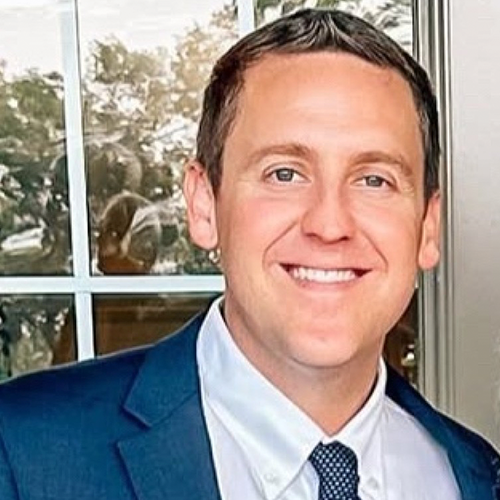The Trump administration can move forward with its plan to lay off nearly 90% of staff at the Consumer Financial Protection Bureau (CFPB), a federal appeals court ruled Friday.
The 2-to-1 decision by the U.S. Court of Appeals for the District of Columbia Circuit overrules a lower court ruling in April that temporarily blocked the mass layoffs of 1,483 of the CFPB’s 1,690 employees.
Circuit judges Gregory Katsas and Neomi Rao, both appointees of President Donald Trump, held the majority opinion. Judge Nina Pillard, an Obama-era appointee, dissented.
The lawsuit was initially filed in February by the National Treasury Employees Union, which represents CFPB employees, and five other plaintiffs against the CFPB and its acting director, Russell Vought.
The plaintiffs argued that Vought’s and other CFPB officials’ reduction in force initiative amounted to an effective dismantling of the agency, which was established by Congress as part of the 2010 Dodd-Frank Act. Vought had previously shuttered the agency shortly after assuming control in February and told employees to stay away from the office.
Court documents filed with the lower court in April revealed the process of deciding which employees to lay off was a chaotic endeavor that was heavily influenced by the Department of Government Efficiency, the temporary organization formerly led by billionaire Elon Musk.
“I don’t think we can keep operating even for 60 days without keeping many of these folks,” one CFPB executive wrote in an email shortly before all but 207 employees received pink slips.
Get these articles in your inbox
Sign up for our daily newsletter
Get these articles in your inbox
Sign up for our daily newsletter
But the appeals court ruled Friday that the plaintiffs lacked a legal basis to challenge what they alleged was an overarching decision to shut down the CFPB.
“To remedy that asserted decision, [plaintiffs] seek pervasive judicial control over the day-to-day management of the agency, including decisions about how many employees the agency may terminate, how many contracts it may cancel, how it may approve work, which buildings it must occupy, and how employees will complete remote work,” Katsas wrote in the majority opinion.
He continued: “If the plaintiffs’ theory were viable, it would become the task of the judiciary, rather than the executive branch, to determine what resources an agency needs to perform its broad statutory functions.”
In her dissent, Pillard argued that many of the defendants’ “undisputed actions cannot reasonably be understood as advancing any purpose other than the willful destruction of a congressionally created agency.”
“The majority does not deny that defendants acted as the district court found,” Pillard wrote. “Nor do my colleagues dispute that such actions were unlawful for all the reasons that plaintiffs have alleged. Nevertheless, they elect to shield defendants’ illegality from any effective judicial oversight.”
Pillard’s dissent concluded: “Our constitutional and statutory responsibility to hold executive agencies to the law requires more.”





















































